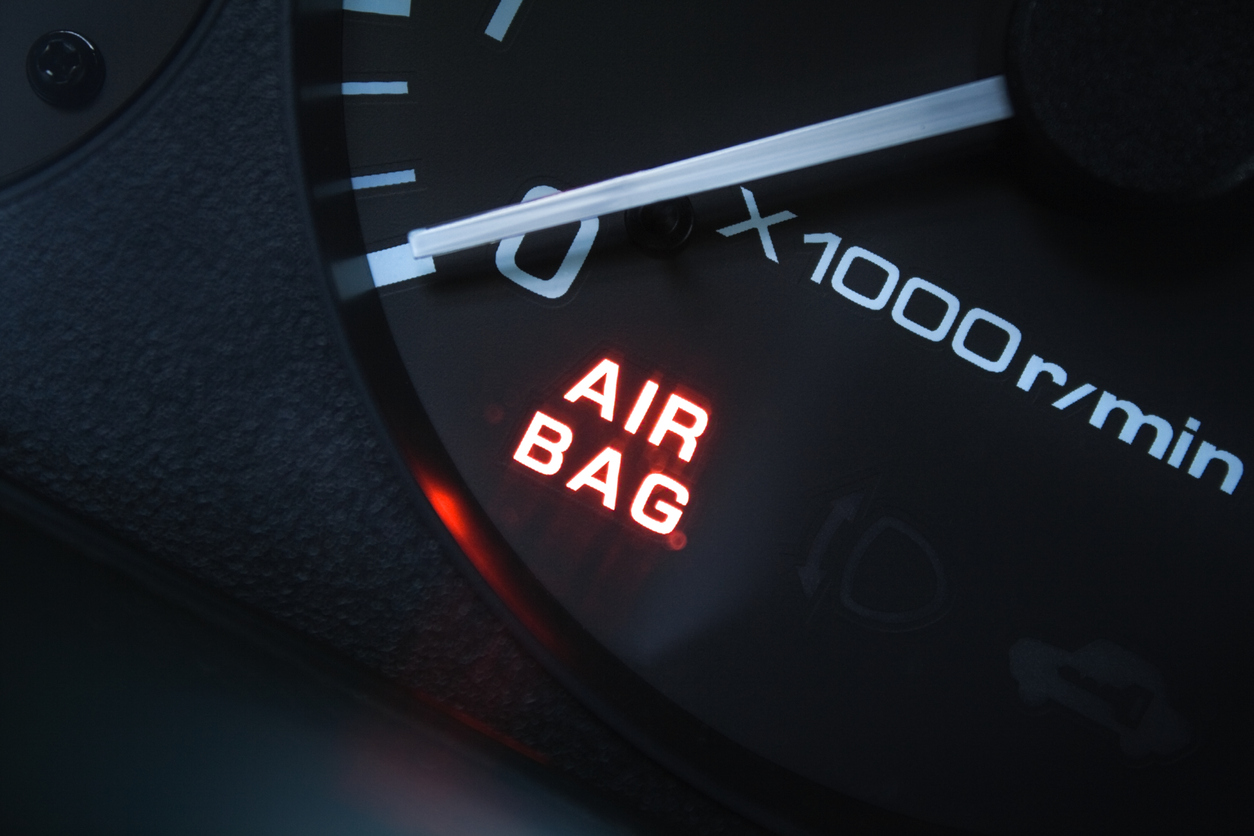Airbags have saved thousands of lives from they were introduced way back in the 80s. If you run into something, your airbag inflates in less than a tenth of a second to protect you from the forces of a head-on collision.
But how do car airbags work?
- As the car hits something, it starts to lose speed rapidly. Also known as deceleration.
- An electronic chip called an accelerometer has been designed to measure acceleration or force and will detect the change of speed.
- If deceleration isn’t enough, the accelerometer triggers the airbag circuit. Normal braking will not generate enough force to trigger this.
- The airbag circuit then passes an electric current through a heating element.
- The heating element ignites a chemical explosive, older airbags used sodium azide as the explosive, the chemicals used in newer airbags are different.
- As this explosive then burns, it generates a massive amount of harmless gas that floods into a nylon bag packed behind the steering wheel.
- As the bag expands, it blows the plastic cover off the steering wheel and inflates in front of the driver, the bag is coated with a substance to help it unwrap smoothly.
- The driver moving forward (because of the impact) pushes against the bag, this makes the bag deflate and the gas it contains will escape through small holes around the edges.
- By the time the car stops, the bag should have completely deflated.
How effective are airbags?
Airbags are of course a good idea and have improved safety in collisions over the last number of years. However, remember that airbags are violently explosive and can prevent dangers of their own, especially for young children.
If the airbag light appears on your dashboard get this checked as soon as possible.
